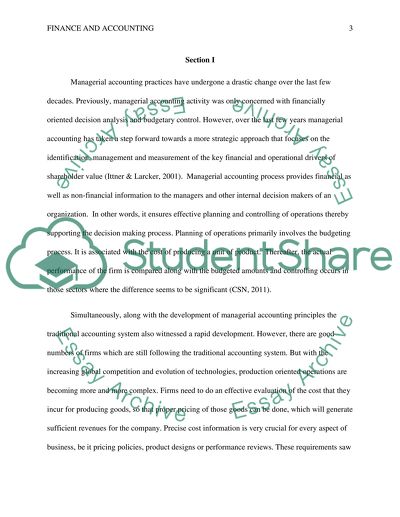Cite this document
(“The Managerial Accounting Process in General Electric Inc Term Paper”, n.d.)
Retrieved from https://studentshare.org/finance-accounting/1488167-the-managerial-accounting-process-in-general
Retrieved from https://studentshare.org/finance-accounting/1488167-the-managerial-accounting-process-in-general
(The Managerial Accounting Process in General Electric Inc Term Paper)
https://studentshare.org/finance-accounting/1488167-the-managerial-accounting-process-in-general.
https://studentshare.org/finance-accounting/1488167-the-managerial-accounting-process-in-general.
“The Managerial Accounting Process in General Electric Inc Term Paper”, n.d. https://studentshare.org/finance-accounting/1488167-the-managerial-accounting-process-in-general.


